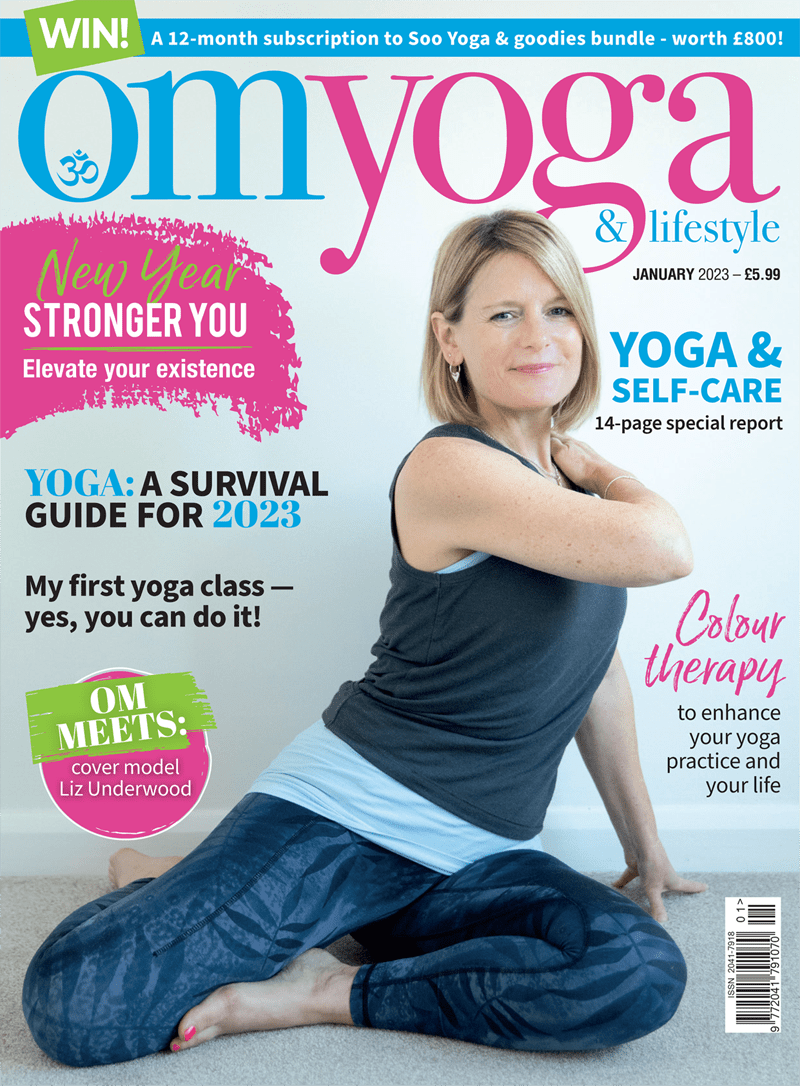
Worry, be gone
Useful tools and techniques to overcome a worrying mind. By Grace McGeehan
Are you a worrier? Do you find yourself always having something to worry about? And if you solve the worry, you find something else to worry about! It feels never ending and like there is no other way. Thoughts lead to feelings, which lead to behaviours. Worrying can lead us to feel anxious, self-critical, indecisive and other unwanted things. Our behaviour then aligns with these thoughts and feelings.
Worry is a habit of thought: the more we engage in the habit, the more it becomes automatic. We worry without realising, and it becomes unconscious. We then question why we feel so anxious or self-critical but when we go to the root cause there lies the worry! It’s enough to send your head spinning!
But worry is a habit. And that means we can break the habit and create new healthy habits of thought. However, because it’s automatic and unconscious, it’s still challenging and requires self-awareness, practice and patience.
Basically, the job of the mind is to keep us alive. It does this by taking us away from pain and towards pleasure. Worry can become pleasurable (as remarkable as it sounds). It can make us feel safe due to its familiarity and habitual nature.
When we realise this, we meet our worry with kindness and compassion, while recognising that it's no longer helping us, but holding us back! Then we can do the work to let it go.

Here's how to manage your worries:
1. Set aside worry time
Set aside 5-15 minutes to write down all your worries. Brainstorm areas of your life: career, love, family/friends, personal health and development, environment and finances. Big, small, rational or irrational — everything! Once 10 minutes is up, your worry time is up! You can then get on with the rest of your day.
2. Categorise the worries into ones you have control over and ones you don’t have control over
The ones you have control over, you can do something about it. The ones you have no control over, we can let them go. Hypothetical worries are worries we can let go (although of course this is easier said than done).
3. Practice presence and mindfulness
Notice the worry arise, be aware of it. Be curious of the worry. Is it true? Necessary? Helpful? Is it taking you toward your goal of happiness and being free from worry? Feel the sensations as a result of the worry, bringing attention to breath and feeling grounded and connected. Every exhale, try to let go of any physical tension or tightness. Moving your awareness from out of your head and into the body. Every time we choose to let go of unnecessary worries, we break the habit of thought and replace it with new, more healthy ones. In time, this will become easy for you.
4. Mantras and affirmations
Creating mantras or affirmations to work with and repeating them when worry arises gives your mind something else to focus on. Some examples: ‘Let go’; ‘I am calm’; ‘I am safe’; ‘There is nothing to worry about’. You could also focus on your breath and saying ‘Inhale’ every time you inhale and ‘Exhale’ every time you exhale.
5. Worries you have control over
Write down what the problem is. Journal on what you can do about it. Act on the things you feel are intuitively right to you, realising that you've done everything you can.
Grace McGeehan is a yoga and therapy expert running programmes, workshops, events and retreats. Find her at: gracemcgeehan.com or connect via Instagram @gracemcgeehan




